The rest of the blog
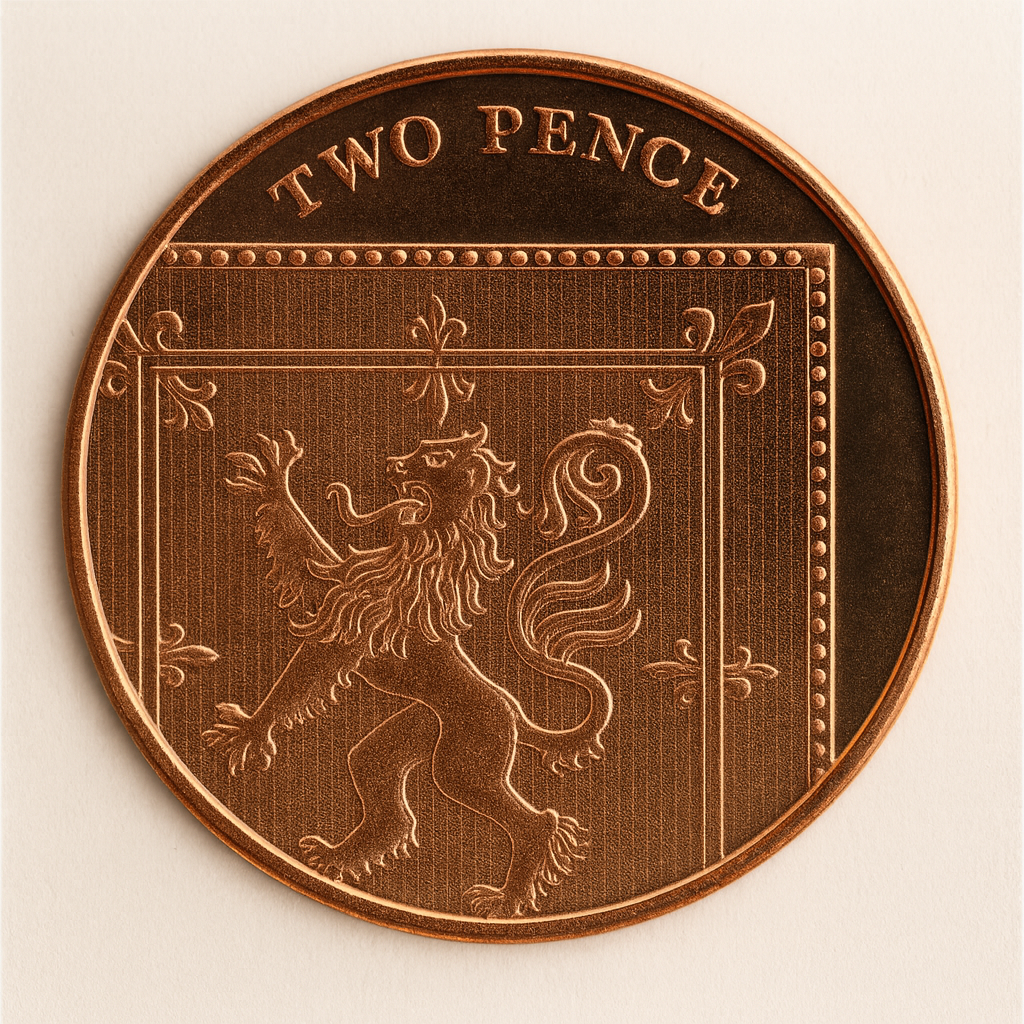
The chancellor’s proposed income tax shuffle is clever accountancy but toxic politics — a pledge-break disguised as fiscal discipline, and proof that Labour has trapped itself in rules it cannot escape.
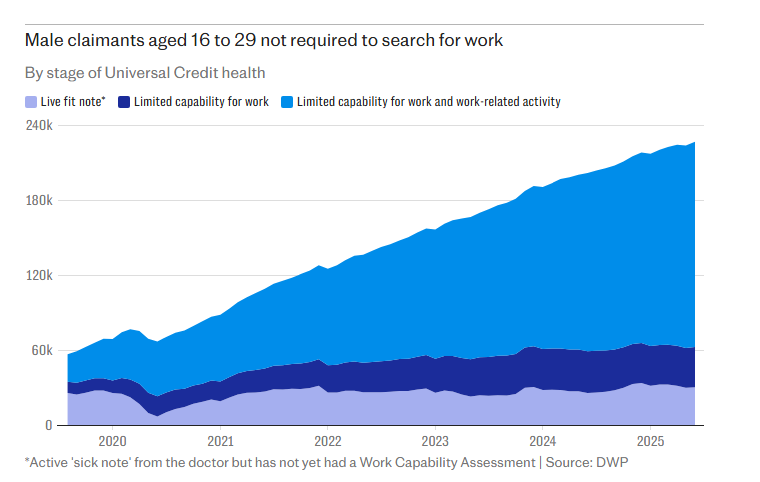
More than 200,000 young men aren’t “signed off for life”—they are the reserve army of labour, conscripted into the Telegraph’s morality tale to prepare the ground for austerity.
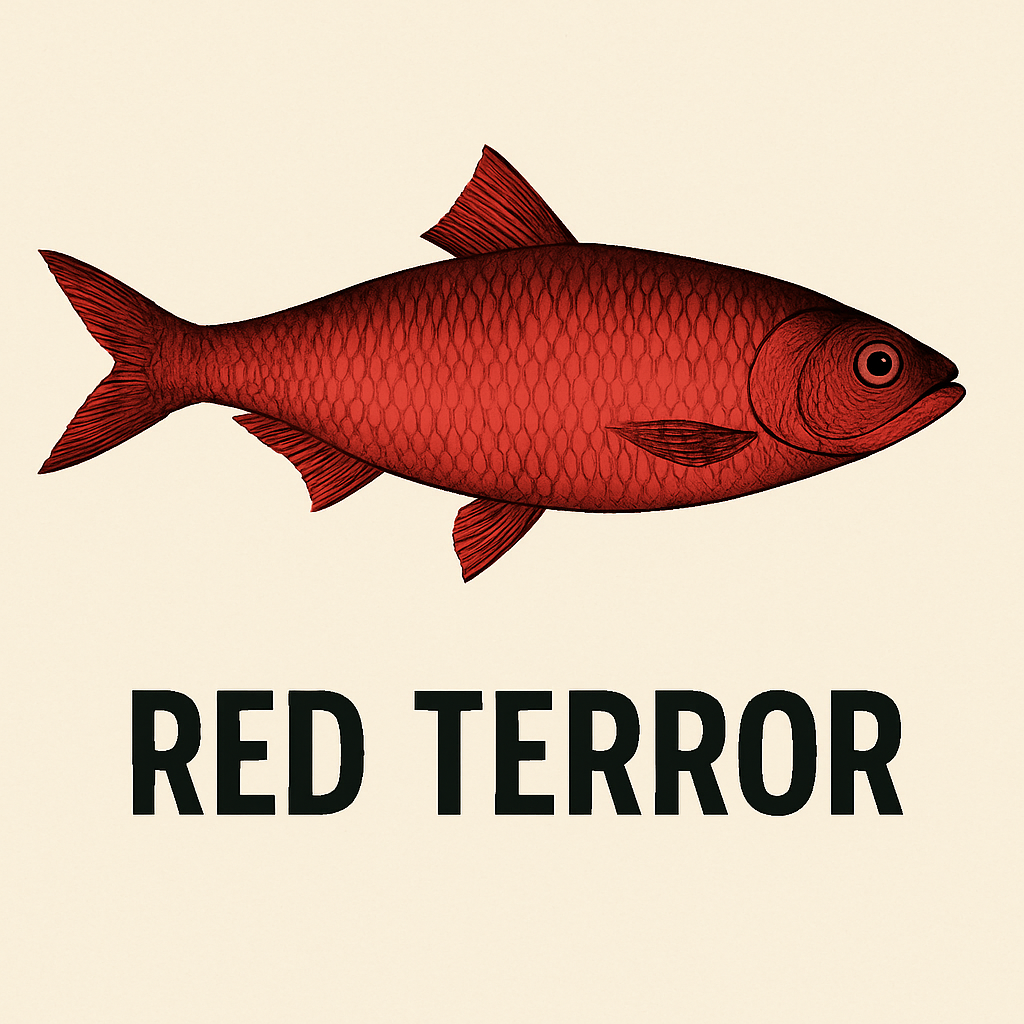
David Frost calls it a new “Red Terror.” The truth is plainer: it’s the Right’s wars, coups and crackdowns that have spilt the deepest blood in politics.
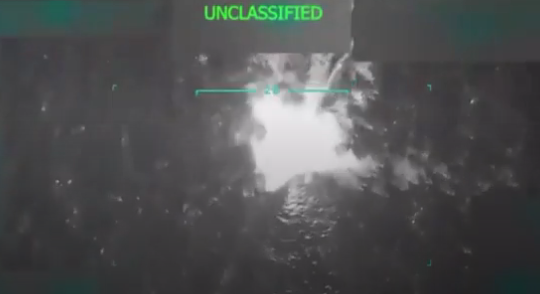
Trump’s latest “kinetic strike” killed three unknown Venezuelans he labelled “narco-terrorists.” The phrase is not law but incantation, a word that strips away humanity and legitimises killing. From Vietnam body counts to Obama’s “signature strikes,” America has always named its enemies into existence, and into death.
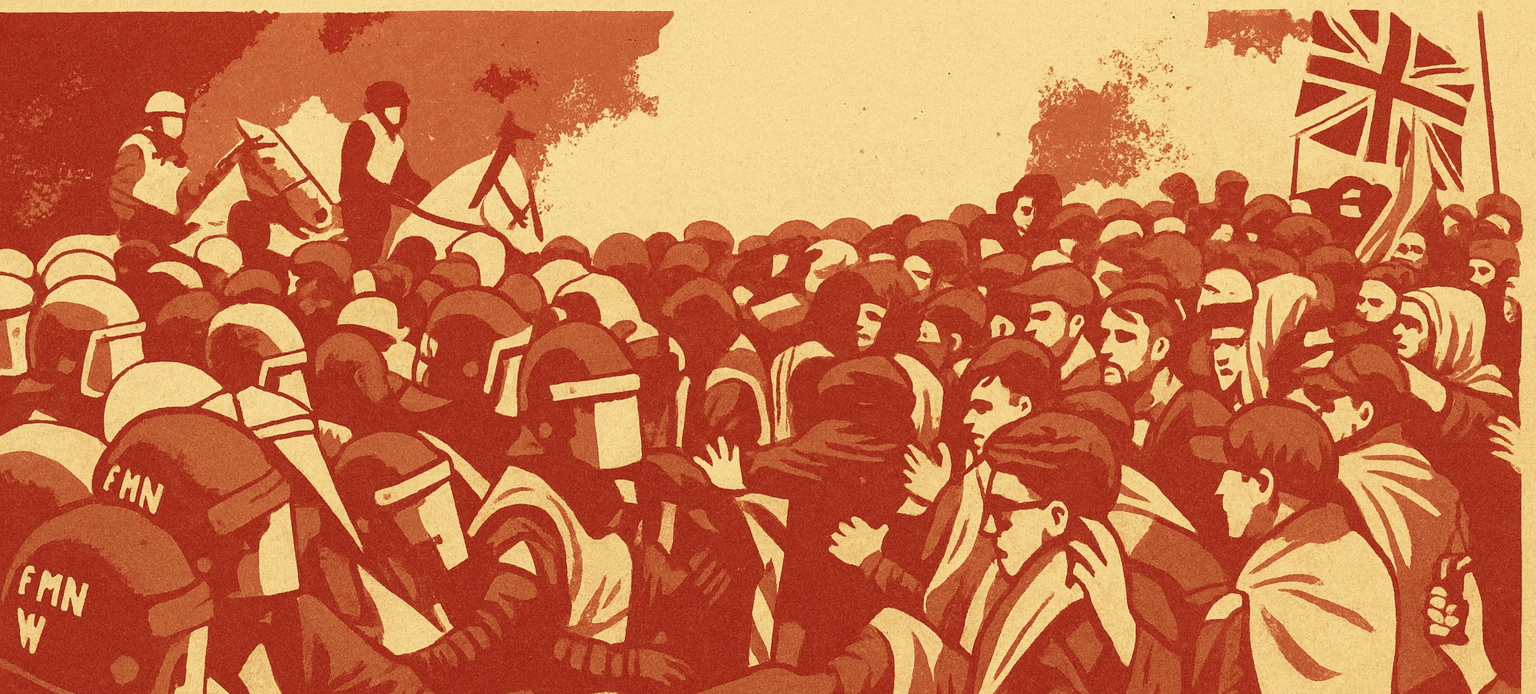
To call Robinson’s rally “populist” or “right-wing” is to miss the point. Fascism doesn’t require every marcher to be a coherent ideologue; it requires a mass, a scapegoat, and leaders prepared to turn grievance into violence. That is what we saw in London.
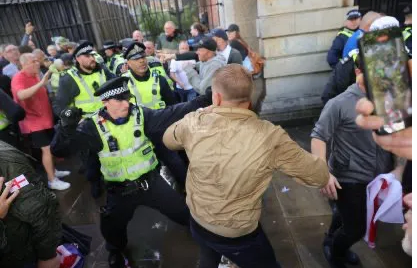
The events of Saturday (13/09) prove that Britain can go fascist. Musk calls for violence, the Telegraph and Times launder his words, and Starmer clings to the flag. We must name the danger or watch it grow.
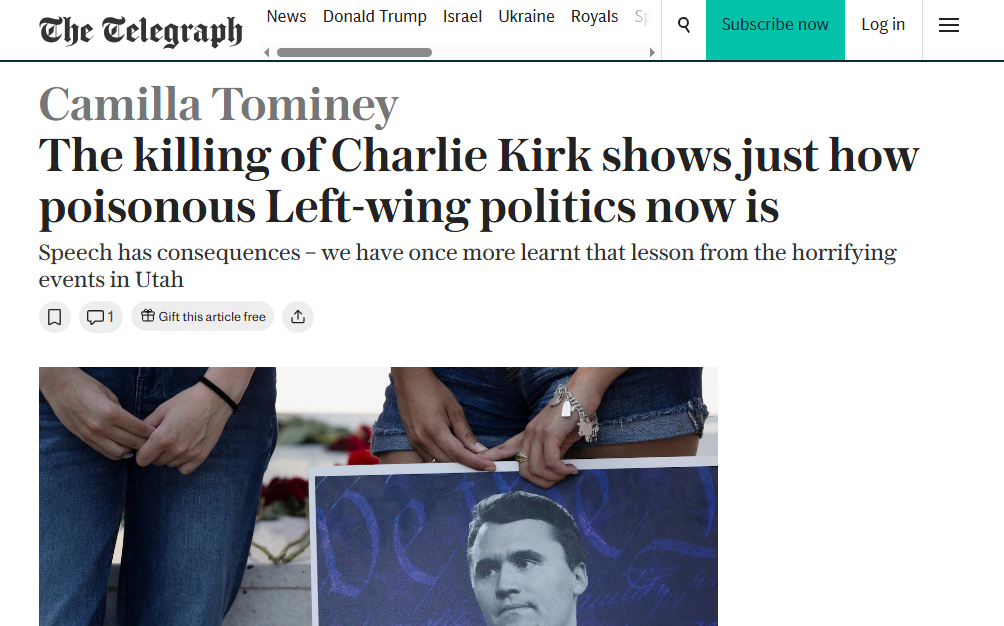
Camilla Tominey’s sainthood act for Charlie Kirk trades politics for piety. The Right already owns the machinery (press, finance, courts, police) and Kirk was part of the drive shaft. A death certificate doesn’t wash clean a career built on making violence respectable.

The bullet missed, but the image hit. And it’s the image that rules now. Trump, mid-stumble, hand to ear, flanked by agents in suits. It has already been cropped, filtered, multiplied. Not just a moment, but a message: the strongman under fire, the martyr made live. The spectacle doesn’t distract from the violence; it packages it. Sells it. Projects it across TVs, phones, and tablets until belief hardens into doctrine. This is what power looks like in the age of algorithmic memory: not stability, but survival on camera.
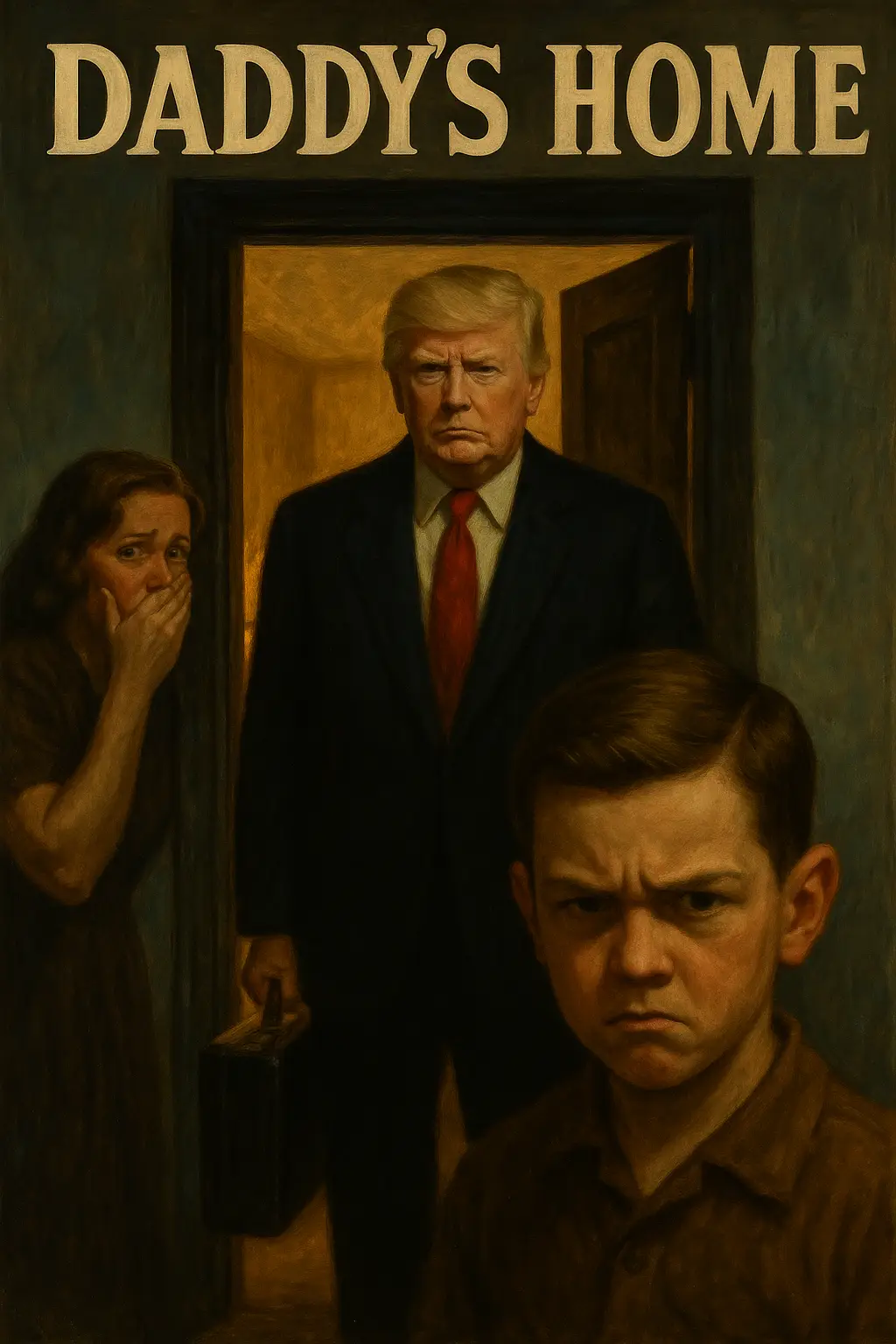
Trump didn’t just return to NATO; he returned as “Daddy”—a role not earned through diplomacy, but conjured through spectacle. Baudrillard warned that when image overtakes reality, politics becomes performance. The bombs may have hit Iran, but the real strike was rhetorical. What mattered wasn’t destruction, it was the appearance of obliteration, the meme of authority, the myth of restored order. In the empire of simulation, the sovereign returns not with treaties, but with merch.